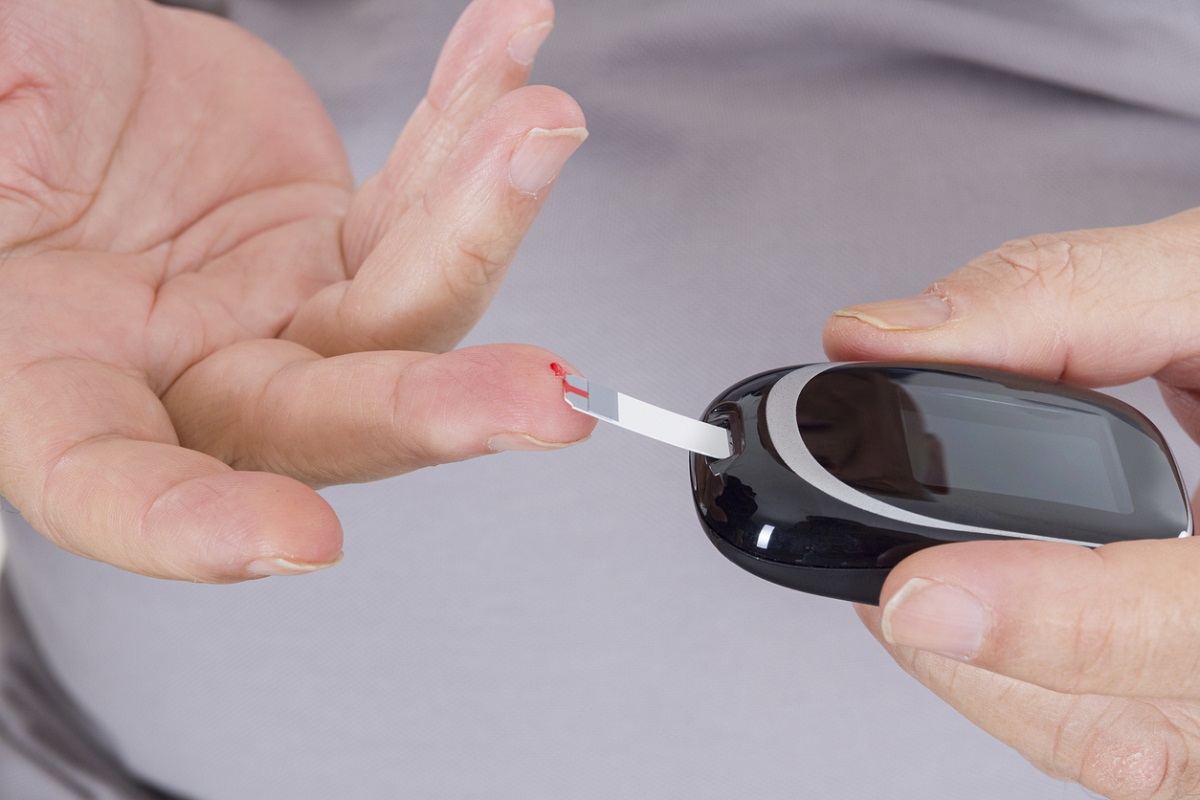Artificial intelligence, education and cyber security
A seminar on “AI in Education and Cyber Security” was recently organised by the Bharat Chamber of Commerce in collaboration with Bankim Sardar College at Bharat Chambers, Kolkata.
study suggests that signs of type 2 diabetes on abdominal CT scans could be identified early through a AI deep learning model. The finding was published in the journal ‘Radiology’.

IIT researchers spot biochemical link between fatty liver disease, diabetes(Representational Image; File Photo)
A recent study suggests that signs of type 2 diabetes on abdominal CT scans could be identified early through a fully-automated artificial intelligence (AI) deep learning model. The finding was published in the journal, ‘Radiology’.
Type 2 diabetes affects a significant percentage of adults or meets the criteria for pre-diabetic. Due to the slow onset of symptoms, it is important to diagnose the disease in its early stages. Some cases of pre-diabetes can last up to 8 years and an earlier diagnosis will allow patients to make lifestyle changes to alter the progression of the disease.
Advertisement
Abdominal CT imaging is expected to revolutionise the diagnosis of type 2 diabetes. CT imaging is already widely used in clinical practices, and it can provide a significant amount of information about the pancreas.
Advertisement
“Previous studies have shown that patients with diabetes tend to accumulate more visceral fat and fat within the pancreas than non-diabetic patients. However, not much work has been done to study the liver, muscles and blood vessels around the pancreas,” said study co-senior author Ronald M. Summers, M.D., PhD.
“The analysis of both pancreatic and extra-pancreatic features is a novel approach and has not been shown in previous work to our knowledge,” said first author Hima Tallam, B.S.E., M.D./Ph.D. student.
The manual analysis of low-dose non-contrast pancreatic CT images by a radiologist or trained specialist is a time-intensive and difficult process. To address these clinical challenges, there is a need for the improvement of automated image analysis of the pancreas, the authors said.
For this retrospective study, Dr Summers and colleagues, in close collaboration with co-senior author Perry J. Pickhardt, M.D., professor of radiology at the University of Wisconsin School of Medicine & Public Health, used a dataset of patients who had undergone routine colorectal cancer screening with CT at the University of Wisconsin Hospital and Clinics.
Of the 8,992 patients who had been screened between 2004 and 2016, 572 had been diagnosed with diabetes” type 2 diabetes and 1,880 with dysglycemia, a term that refers to blood sugar levels that go too low or too high. There was no overlap between diabetes and dysglycemic diagnosis.
To build the deep learning model, the researchers used a total of 471 images obtained from a variety of datasets, including the Medical Data Decathlon, The Cancer Imaging Archive and the Beyond Cranial Vault challenge. The 471 images were then divided into three subsets: 424 for training, 8 for validation and 39 for test sets. Researchers also included data from four rounds of active learning.
The deep learning model displayed excellent results, demonstrating virtually no difference compared to manual analysis. In addition to the various pancreatic features, the model also analyzed the visceral fat, density and volumes of the surrounding abdominal muscles and organs.
The results showed that patients with diabetes had lower pancreas density and higher visceral fat amounts than patients without diabetes. “We found that diabetes was associated with the amount of fat within the pancreas and inside the patients’ abdomens,” Dr Summers said. “The fatter in those two locations, the more likely the patients were to have diabetes for a longer period of time,” she added.
The best predictor’s type 2 diabetes in the final model included intrapancreatic fat percentage, pancreas fractal dimension, plaque severity between the L1-L4 vertebra level, average liver CT attenuation, and BMI. The deep learning model used these predictors to accurately discern patients with and without diabetes.
“This study is a step towards the wider use of automated methods to address clinical challenges,” the authors said. “It may also inform future work investigating the reason for pancreatic changes that occur in patients with diabetes,” they concluded.
(inputs from ANI)
Advertisement